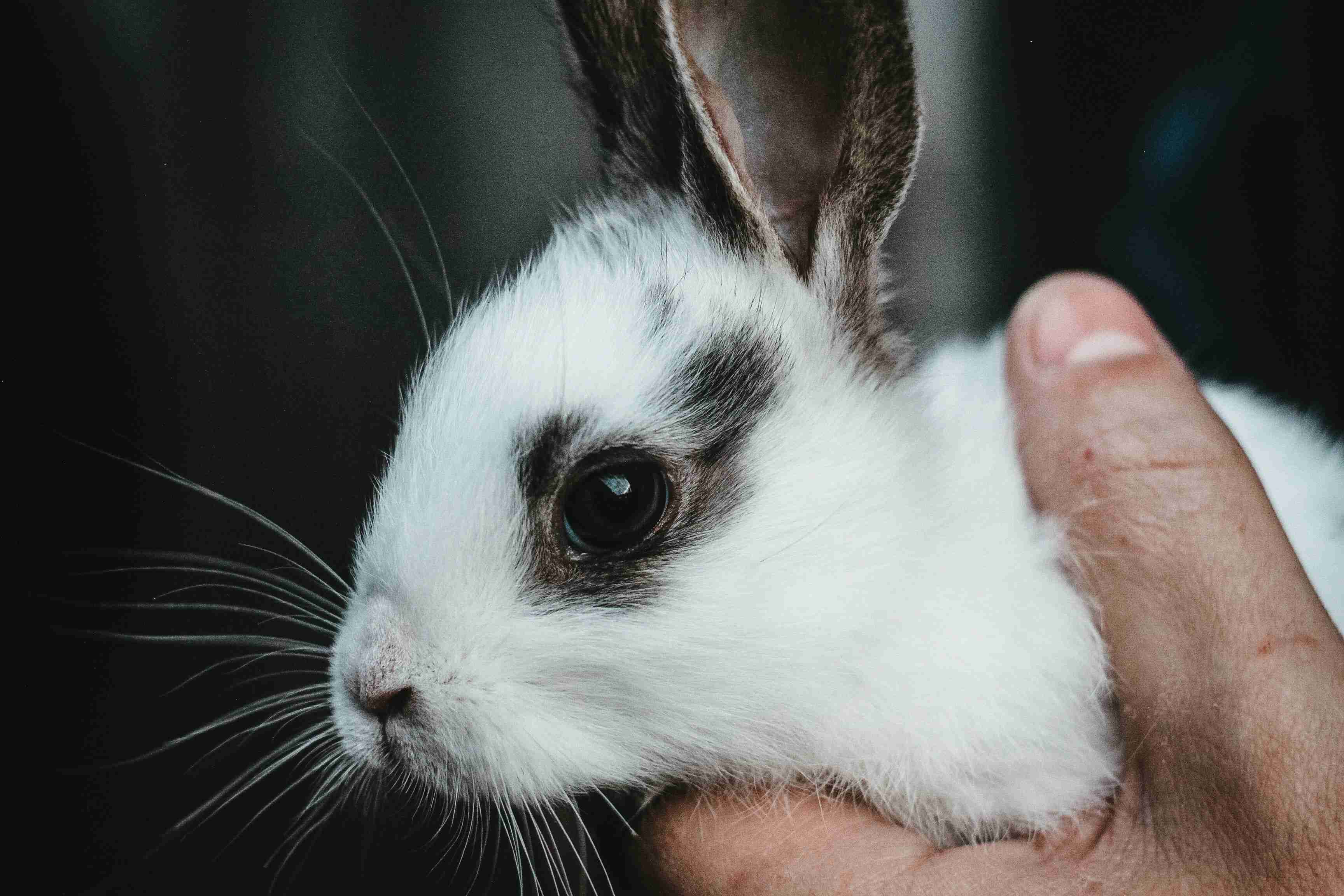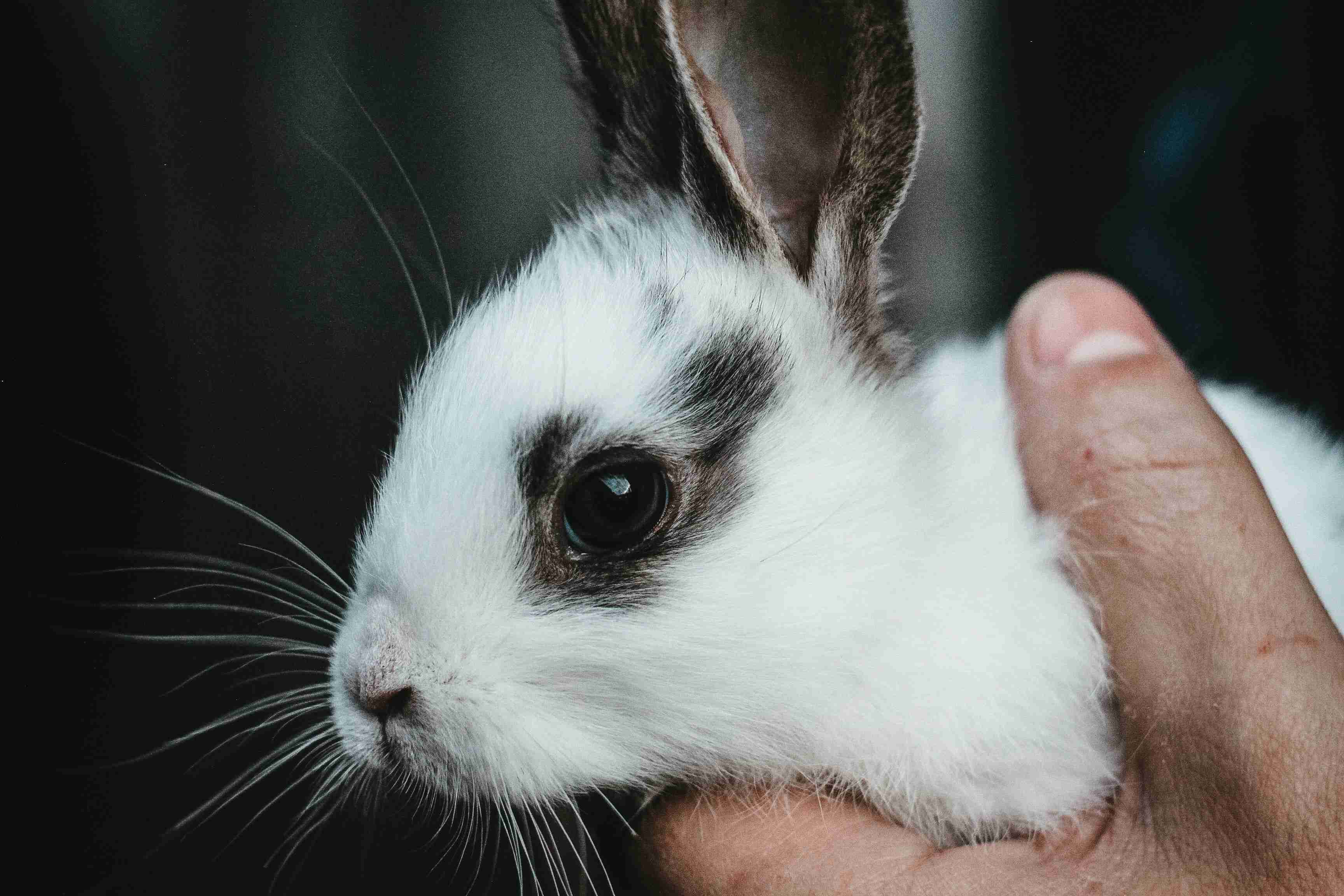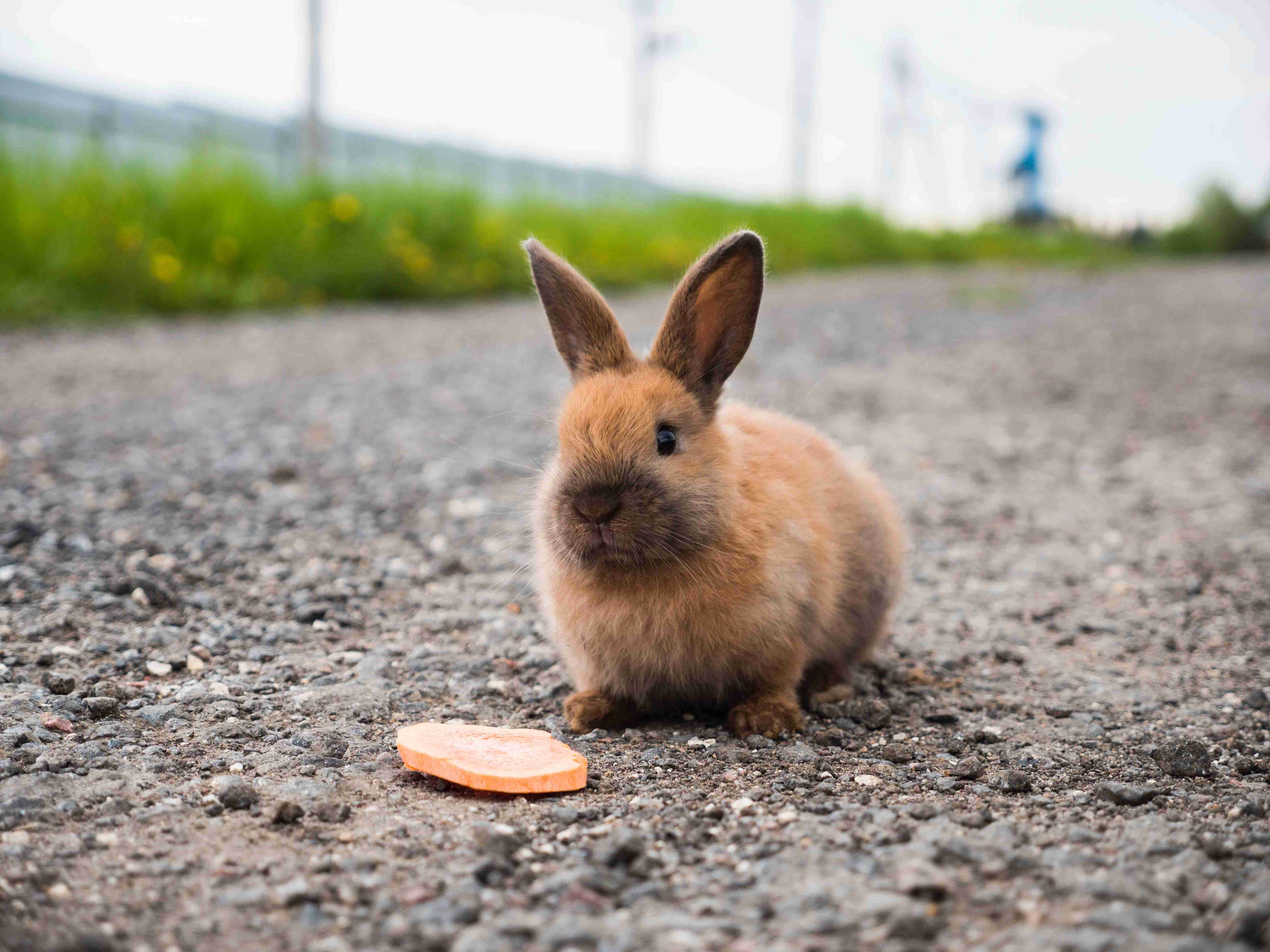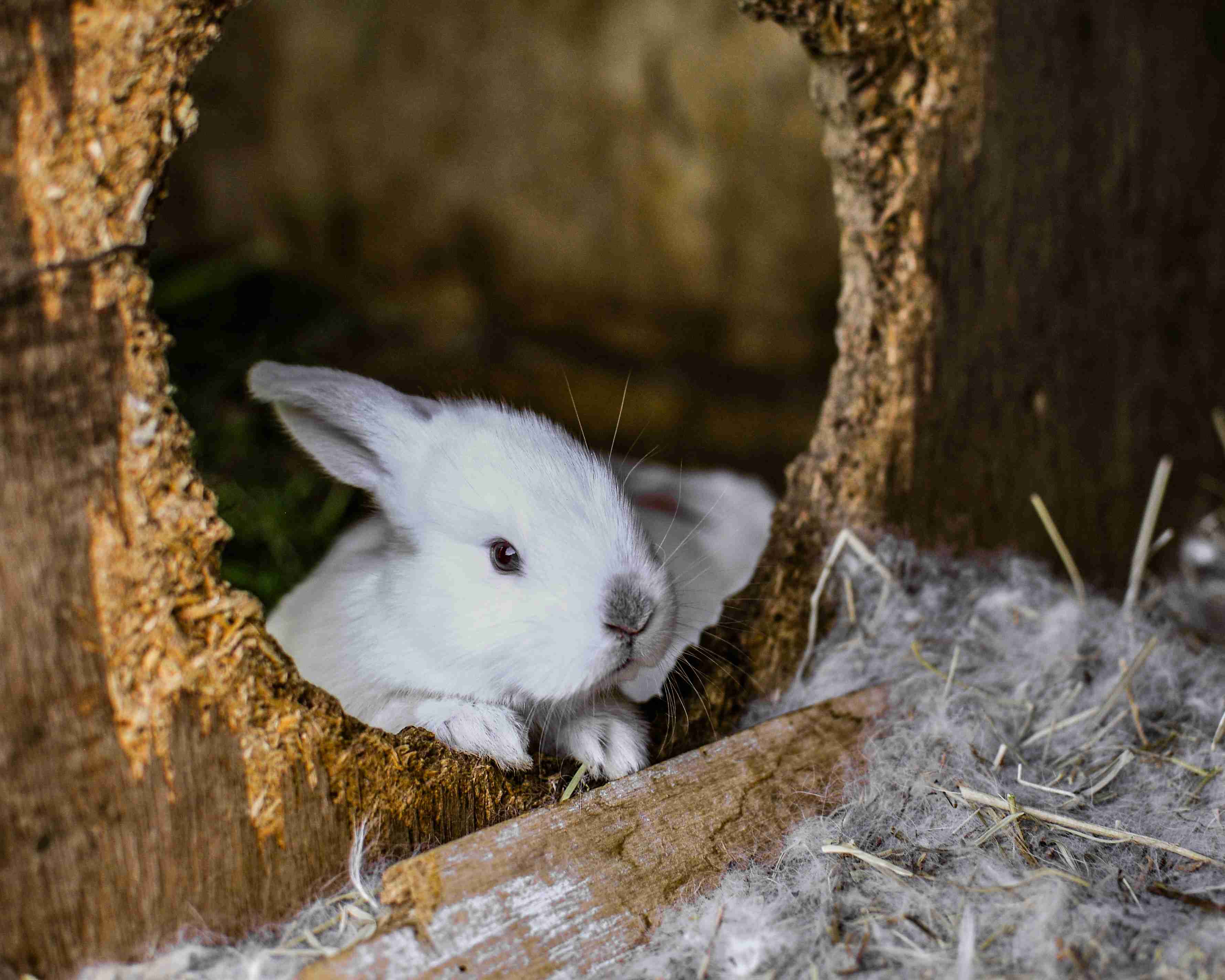Rabbits are adorable creatures that make wonderful pets. They are known for their playful and curious nature, and are often a source of joy and entertainment for their owners. However, just like any other living being, rabbits can fall ill and experience health problems. One of these health issues is a stroke, which can be a serious and life-threatening condition if not identified and treated in time. As a responsible pet owner, it’s important to be aware of the signs and symptoms of a rabbit stroke, so you can take quick action and give your furry friend the care they need. In this blog post, we will discuss the signs and symptoms of a rabbit stroke, and what you can do to help your pet in case of an emergency.
Rabbits are a popular pet choice for many people, but like all animals, they can experience health problems. One of the most serious and potentially life-threatening conditions that can affect rabbits is a stroke. Just like in humans, a stroke occurs when the blood supply to the brain is interrupted, causing damage to the brain tissue. In rabbits, strokes can be caused by a variety of factors, including underlying health conditions, genetics, and age.
Recognizing the signs and symptoms of a stroke in your pet rabbit is crucial in ensuring that they receive prompt medical attention and the best possible chance of recovery. Some of the most common signs of a stroke in rabbits include sudden weakness or paralysis on one side of the body, loss of balance or coordination, and difficulty standing or walking. Other symptoms may include drooling, loss of appetite, and head tilting.

If you notice any of these symptoms in your pet rabbit, it is important to seek veterinary care immediately. Your veterinarian will perform a thorough physical examination and may order diagnostic tests such as blood work or imaging studies to determine the underlying cause of your rabbit’s symptoms. Treatment for a stroke in rabbits may include medications to manage pain and inflammation, supportive care such as fluid therapy and nutritional support, and physical therapy to help your bunny regain strength and mobility.
Preventing strokes in rabbits can be challenging, but there are steps you can take to reduce the risk of your pet experiencing this serious condition. Regular veterinary check-ups can help detect underlying health problems before they become serious, and providing a healthy diet and plenty of exercise can also help keep your rabbit in good health. Additionally, minimizing stress and providing a safe and comfortable living environment can help prevent strokes and other health problems in rabbits.
Overall, recognizing the signs and symptoms of a stroke in your pet rabbit is crucial in ensuring that they receive prompt and effective treatment. If you suspect that your bunny may be experiencing a stroke, seek veterinary care immediately to give them the best possible chance of recovery. With proper care and attention, you can help your pet rabbit stay healthy and happy for years to come.
In conclusion, being able to recognize the signs and symptoms of a rabbit stroke can be the difference between life and death for your furry friend. If you notice any of the signs we’ve discussed in this post, it’s important to seek veterinary care immediately. Remember, early intervention can greatly increase the chances of a successful recovery. By staying vigilant and informed, you can help keep your rabbit happy, healthy, and by your side for years to come.



.jpg)
.jpg)
.jpg)


